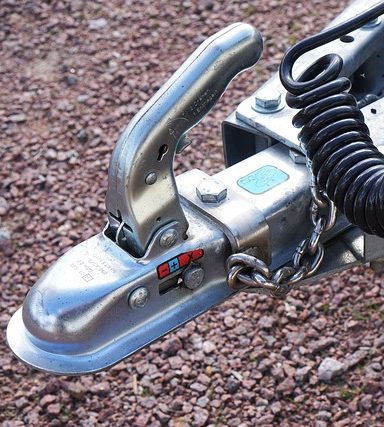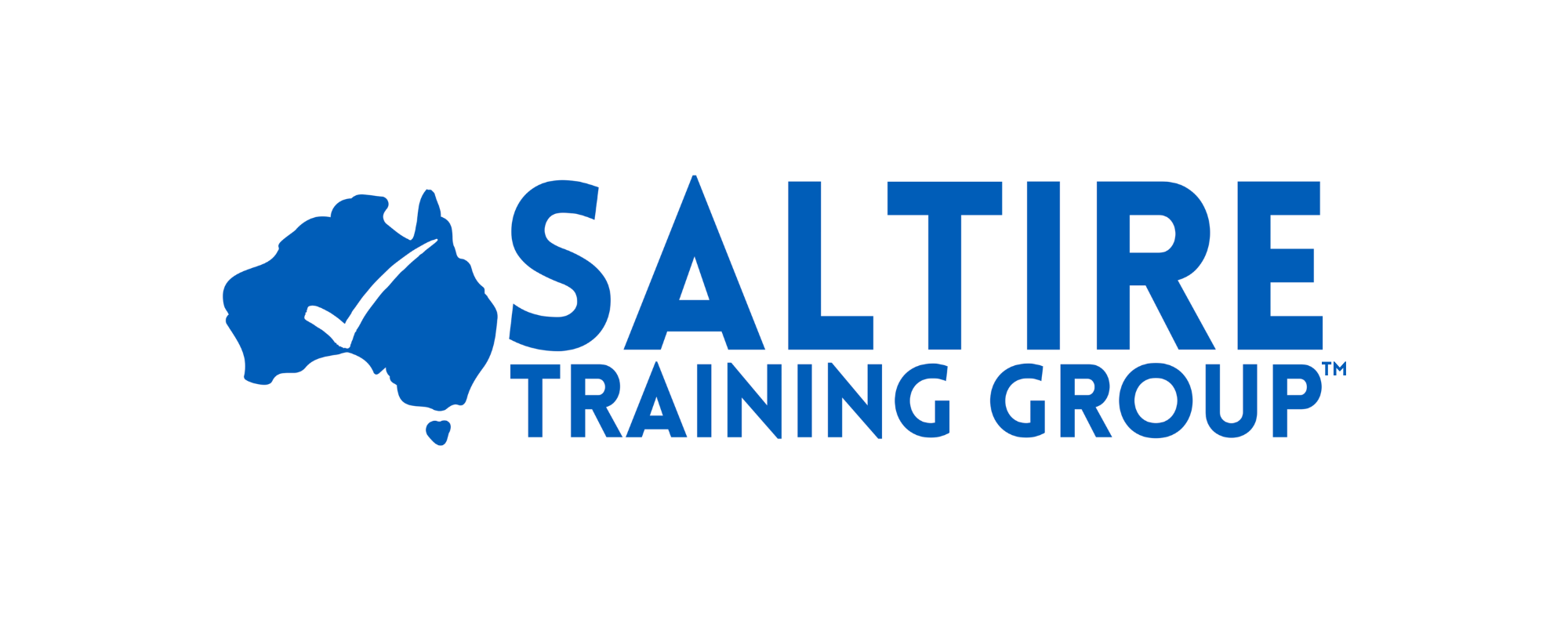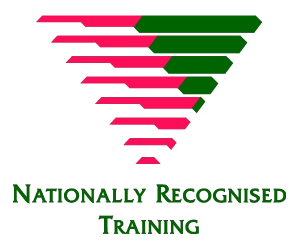Trailer Towing Course (TT)


Course Units
Who is this training right for?
Those who need to tow a trailer as part of their job. Towing vehicles may include caravans, camper trailers, boats, horse floats, drilling rigs or earthmoving machinery.
One-day Course (COM1)
Duration: 1/2 Day
AIM
To improve the skills and knowledge required to safely drive and manoeuvre a trailer while it is attached to a driving vehicle. It involves inspecting the trailer before use, connecting the trailer to a vehicle, driving the trailer, and disconnecting the trailer from the vehicle.
For private bookings client specific information can be included in the presentation.
Students will receive a digital Statement of Attainment upon successful completion.
ENTRY REQUIREMENTS
Students must be 17 years of age or over and hold a valid AU/NZ Drivers Licence (Class C) or equivalent.
Licences must be presented to the assessor prior to the commencement of the course.
If you are still on a provisional licence, you must bring your own P plates to be displayed on the vehicle during your individual practical on-road assessment.
Please advise when booking if you hold an extraordinary licence as other conditions may apply.
Students will be required to provide their Unique Student Identifier (USI) number prior to the commencement of the course.
Students are required to wear comfortable and appropriate attire for outdoor activities, including flat enclosed shoes.
Content
- WHS and OHS requirements relating to driving and manoeuvring trailers
- Procedures for manually moving trailers
- Key state and territory regulations relating to trailers, including couplings, safe towing weights, towing speeds and braking
- Pivot and non-pivot trailers
- Definition of aggregate and gross trailer mass
- Trailer coupling systems including tow ball, lunette ring and weight distributing hitch
- Inspection procedures for trailers, including coupling system, electrical system, braking system, wheel assembly and bearings, and suspension system.
- Loading procedures for trailers including centre of mass location, and tongue weight.
- Methods for determining maximum towing capacity of vehicle and tow bar
- Driving and manoeuvring techniques, including;
- Effects of trailer on overall turning circle
- Effects of trailer on acceleration, steering and braking
- Methods of avoiding and controlling vehicle and trailer sway
- Methods of reversing a trailer
Learning Outcome
- Carry out trailer safety inspection
- Connect trailer to vehicle
- Drive and manoeuvre trailer
- Disconnect trailer from vehicles


